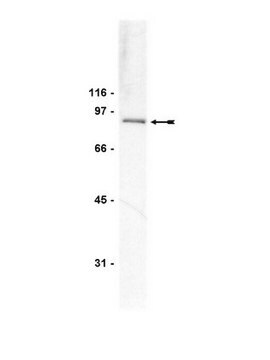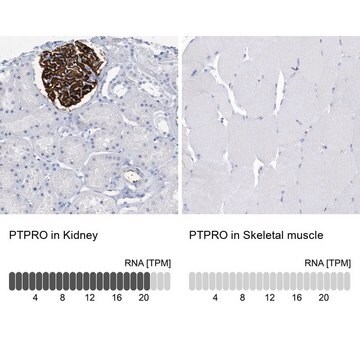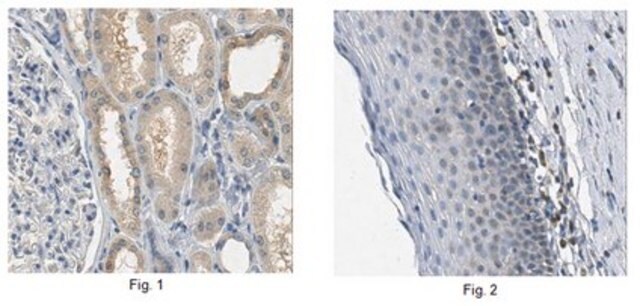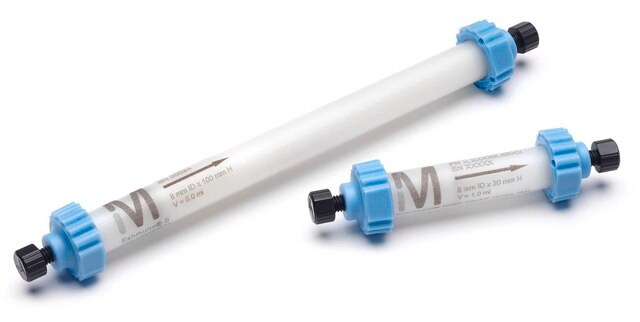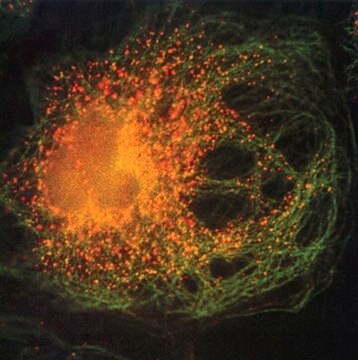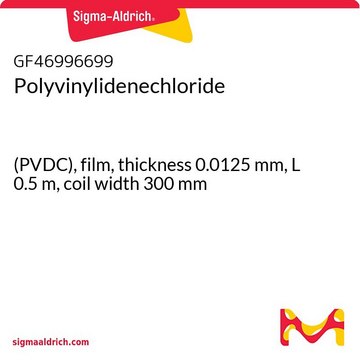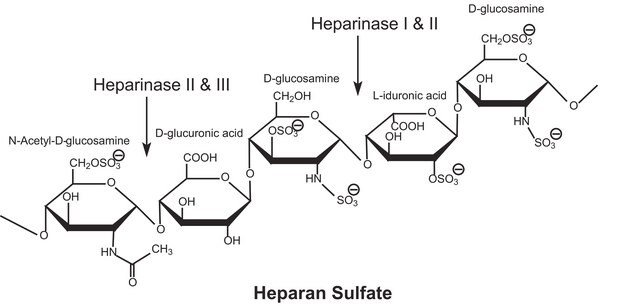MABS1158
Anti-PTPRT Antibody, clone 1F7
clone 1F7, from mouse
Sinonimo/i:
Receptor-type tyrosine-protein phosphatase T, R-PTP-T, RPTP-rho, RPTPrho, PTPRT
About This Item
Prodotti consigliati
Origine biologica
mouse
Livello qualitativo
Forma dell’anticorpo
purified immunoglobulin
Tipo di anticorpo
primary antibodies
Clone
1F7, monoclonal
Reattività contro le specie
mouse, human, rat
tecniche
western blot: suitable
Isotipo
IgG1κ
N° accesso NCBI
N° accesso UniProt
Condizioni di spedizione
wet ice
modifica post-traduzionali bersaglio
unmodified
Informazioni sul gene
human ... PTPRT(11122)
Descrizione generale
Specificità
Immunogeno
Applicazioni
Signaling
Developmental Signaling
Western Blotting Analysis: 0.5 µg/mL of this antibody detected the full-length and a cleaved form of PTPRT in brain and liver homogenates from wild-type, but not PTPRT-knockout mice (Courtesy of Dr. Zhenghe Wang, Case Western Reserve University, Cleveland, OH).
Western Blotting Analysis: 2.0 µg/mL of this antibody detected the full-length and a cleaved form of PTPRT in small intestine epithelium homogenate from wild-type mice (Courtesy of Dr. Zhenghe Wang, Case Western Reserve University, Cleveland, OH).
Western Blotting Analysis: A representative lot detected exogenously expressed human PTPRT using transiently transfected HNCC CAL-33 (squamous carcinomas of the tongue) cells expressing wild-type, PTPase domain mutatant (A1022E), or FN3-domain mutatant (P497T) PTPRT, as well as in transfected HNSCC PCI-52-SD1 cells stably expressing wild-type human PTPRT (Lui, V.W., et al. (2014). Proc. Natl. Acad. Sci. U.S.A. 111(3):1114-1119).
Qualità
Western Blotting Analysis: 0.5 µg/mL of this antibody detected the full-length and a cleaved form of PTPRT in mouse brain tissue lysate.
Descrizione del bersaglio
Stato fisico
Stoccaggio e stabilità
Altre note
Esclusione di responsabilità
Non trovi il prodotto giusto?
Prova il nostro Motore di ricerca dei prodotti.
Codice della classe di stoccaggio
12 - Non Combustible Liquids
Classe di pericolosità dell'acqua (WGK)
WGK 1
Punto d’infiammabilità (°F)
Not applicable
Punto d’infiammabilità (°C)
Not applicable
Certificati d'analisi (COA)
Cerca il Certificati d'analisi (COA) digitando il numero di lotto/batch corrispondente. I numeri di lotto o di batch sono stampati sull'etichetta dei prodotti dopo la parola ‘Lotto’ o ‘Batch’.
Possiedi già questo prodotto?
I documenti relativi ai prodotti acquistati recentemente sono disponibili nell’Archivio dei documenti.
Il team dei nostri ricercatori vanta grande esperienza in tutte le aree della ricerca quali Life Science, scienza dei materiali, sintesi chimica, cromatografia, discipline analitiche, ecc..
Contatta l'Assistenza Tecnica.